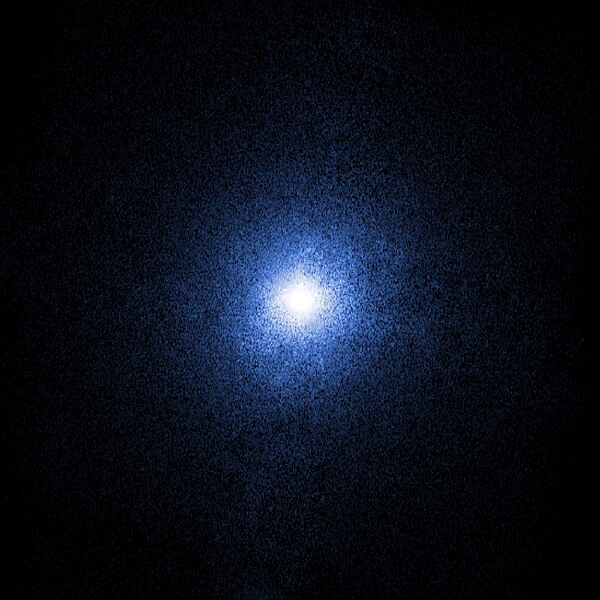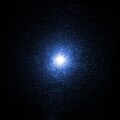Vaizdas:Chandra image of Cygnus X-1.jpg

Šios peržiūros dydis: 600 × 600 taškų. Kitos 5 rezoliucijos: 240 × 240 taškų | 480 × 480 taškų | 768 × 768 taškų | 1 024 × 1 024 taškų | 2 400 × 2 400 taškų.
Didesnės raiškos iliustracija (2 400 × 2 400 taškų, rinkmenos dydis: 3,72 MiB, MIME tipas: image/jpeg)
Rinkmenos istorija
Paspauskite ant datos/laiko, kad pamatytumėte rinkmeną tokią, kokia ji buvo tuo metu.
| Data/Laikas | Miniatiūra | Matmenys | Naudotojas | Paaiškinimas | |
|---|---|---|---|---|---|
| dabartinis | 22:06, 13 rugpjūčio 2015 |  | 2 400 × 2 400 (3,72 MiB) | Pine | Larger version. Source http://chandra.harvard.edu/photo/2011/cygx1/more.html, credit NASA/CXC |
| 19:02, 11 rugsėjo 2009 |  | 665 × 665 (61 KiB) | Marshallsumter | {{Information |Description={{en|1=Chandra image of Cygnus X-1.}} |Source=NASA/CXC |Author=NASA's Chandra X-ray Observatory |Date=2009-08-27 |Permission=''Images produced by NASA are usually free of copyright [...]'' |other_versions= }} Since its discovery |
Paveikslėlio naudojimas
Paveikslėlis yra naudojamas šiuose puslapiuose:
Visuotinis rinkmenos naudojimas
Ši rinkmena naudojama šiose viki svetainėse:
- Naudojama as.wikipedia.org
- Naudojama ca.wikipedia.org
- Naudojama cs.wikipedia.org
- Naudojama en.wikipedia.org
- Black hole
- Timeline of gravitational physics and relativity
- Cygnus X-1
- Chandra X-ray Observatory
- User:Fmrauch
- Astrophysical X-ray source
- User:The High Fin Sperm Whale/Fact of the day/Archive
- Wikipedia:Featured picture candidates/August-2015
- Wikipedia:Featured picture candidates/Cygnus X-1
- User:Matt Fitzpatrick/portal images
- User:VastV0idInSpace0/Eyestrain-page
- Naudojama en.wikiquote.org
- Naudojama en.wikiversity.org
- Naudojama es.wikipedia.org
- Naudojama fa.wikipedia.org
- Naudojama fr.wikipedia.org
- Naudojama gl.wikipedia.org
- Naudojama he.wikipedia.org
- Naudojama hu.wikipedia.org
- Naudojama id.wikipedia.org
- Naudojama it.wikipedia.org
- Naudojama ja.wikipedia.org
- Naudojama jv.wikipedia.org
- Naudojama ko.wikipedia.org
- Naudojama mk.wikipedia.org
- Naudojama ml.wikipedia.org
- Naudojama mr.wikipedia.org
- Naudojama nl.wikipedia.org
Žiūrėti visuotinį šios rinkmenos naudojimą.


